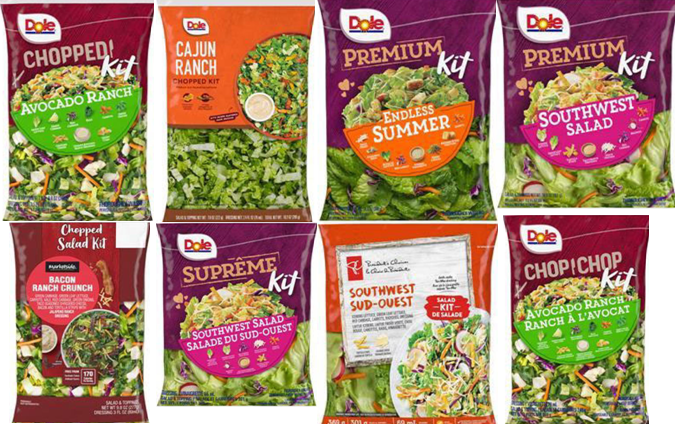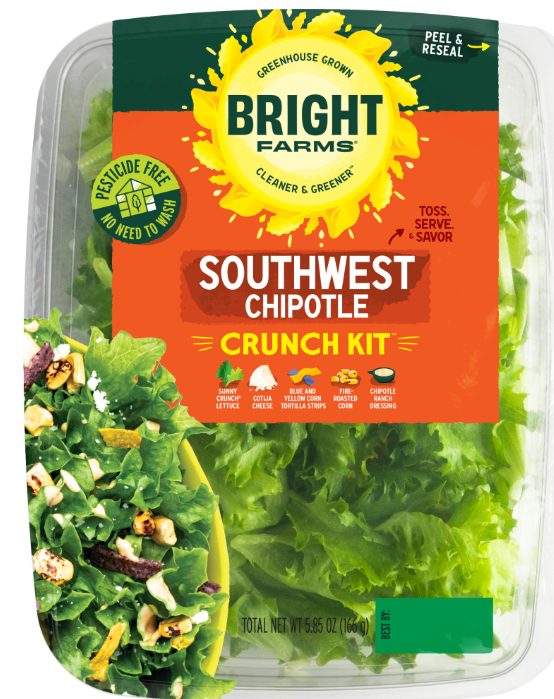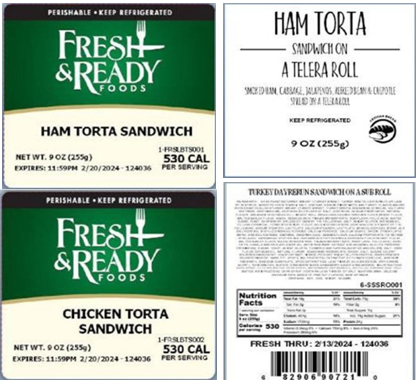The FDA reported that Albertsons Companies recalled five ReadyMeals and store-made taco kits supplied by Fresh Creative Foods due to possible Listeria monocytogenes contamination. The select meals and kits contain a recalled cheese ingredient from Rizo-López Foods, Inc., of Modesto, California. With state and local partners, the FDA CDC is investigating illnesses in a multi-year, multistate outbreak of Listeria monocytogenes infections linked to queso fresco and cotija cheeses manufactured by Rizo-Lopez Foods. Rizo-López Foods’. The ReadyMeals and store-made taco kits and meals were available for purchase at the following banner stores: Albertsons, Carrs-Safeway, Eagle, Lucky, Pavilions, Randalls, Safeway, Shaw’s, Star Market, Tom Thumb and Vons in Alaska, Arizona, Arkansas, California, Colorado, Idaho, Louisiana, Maine, Massachusetts, Montana, Nebraska, Nevada, New Hampshire, New Mexico, North Dakota, Oregon, Rhode Island, South Dakota, Texas, Utah, Vermont, Washington and Wyoming. @ https://www.fda.gov/safety/recalls-market-withdrawals-safety-alerts/albertsons-companies-voluntarily-recalls-five-readymeals-and-store-made-taco-kits-containing




